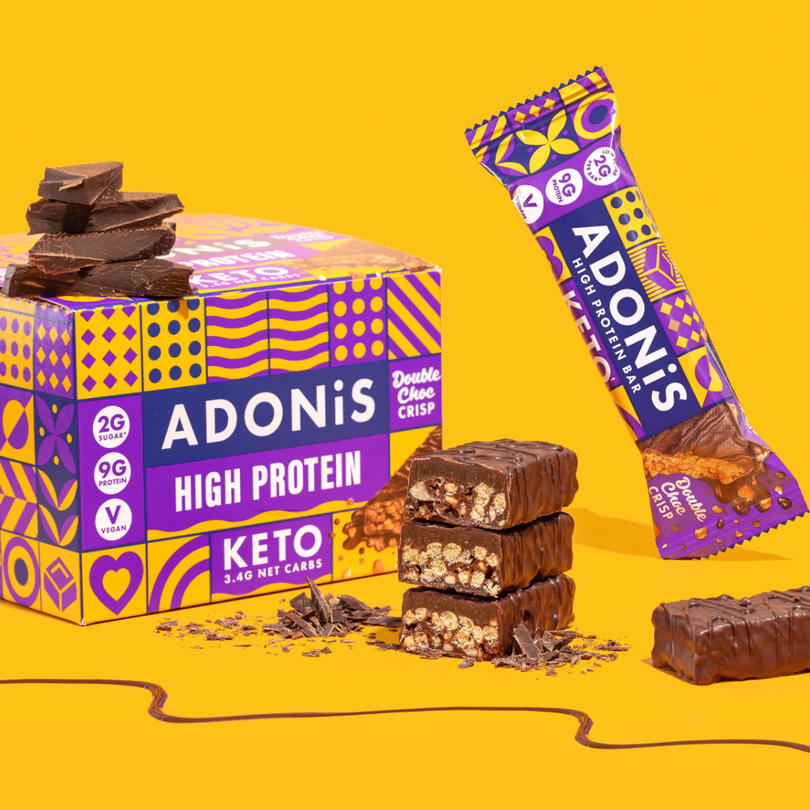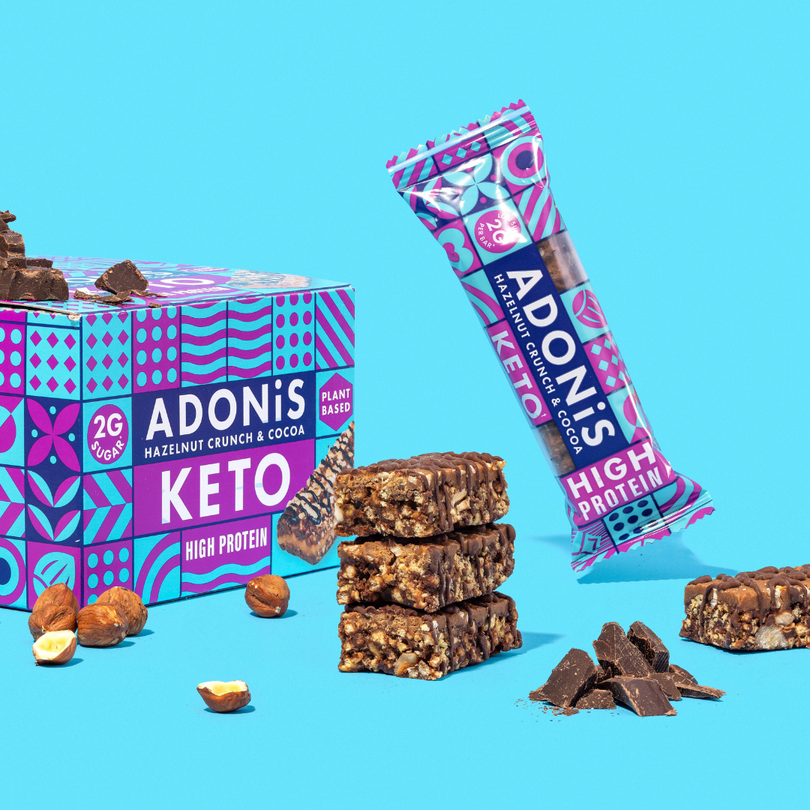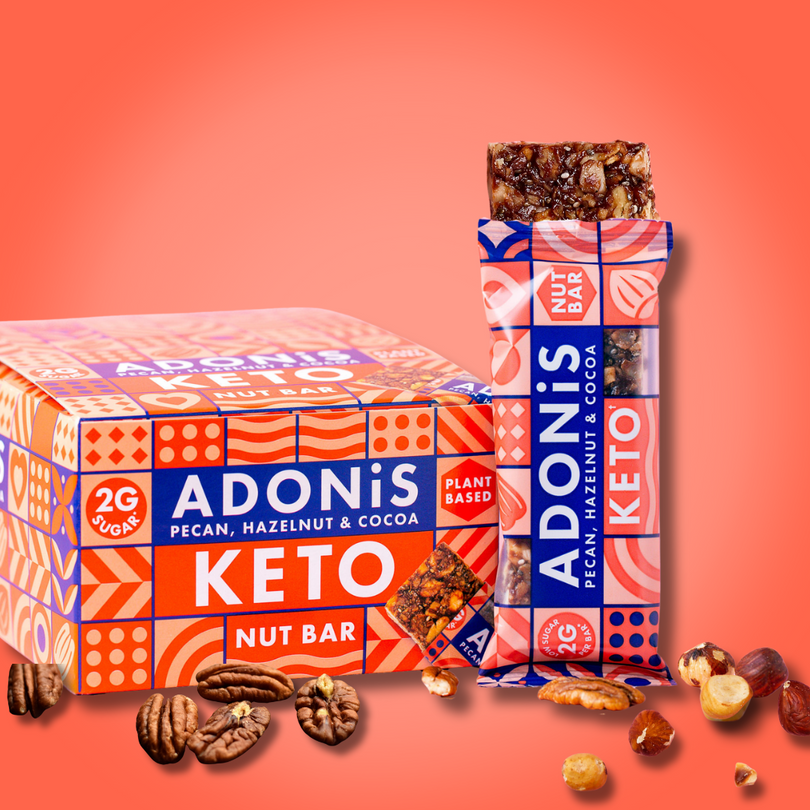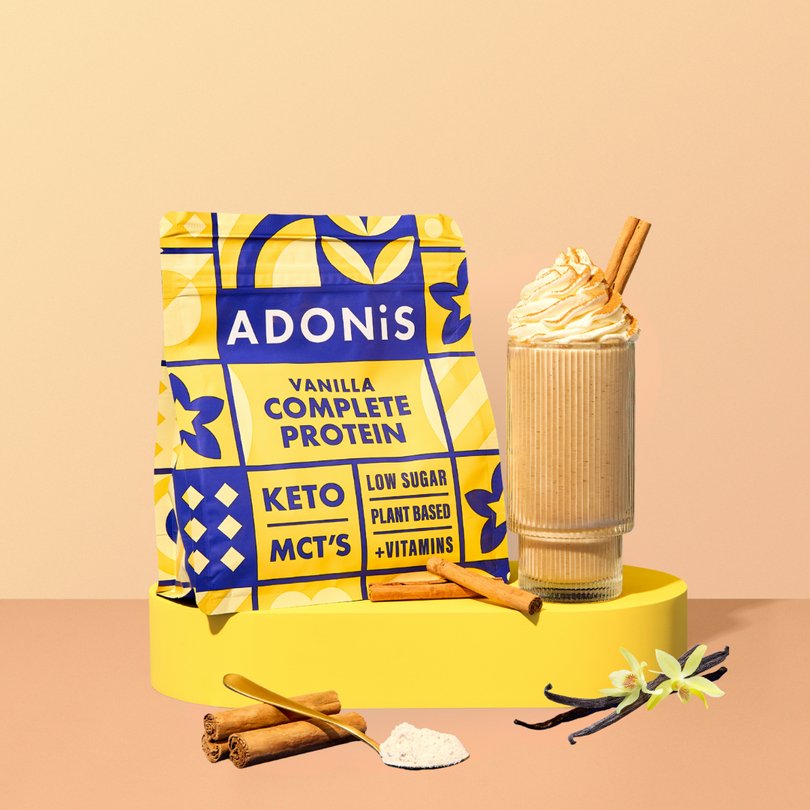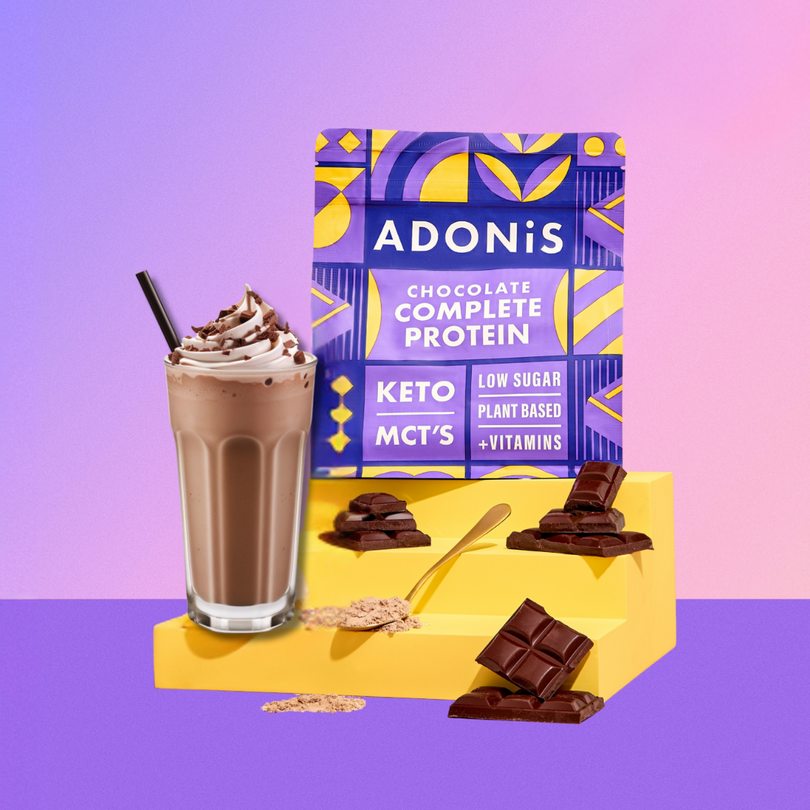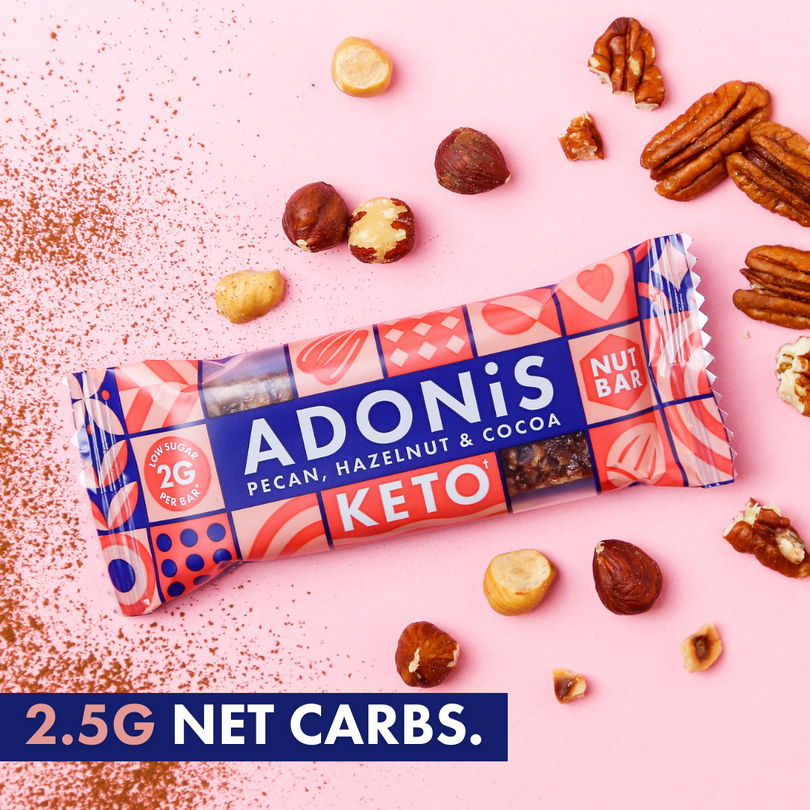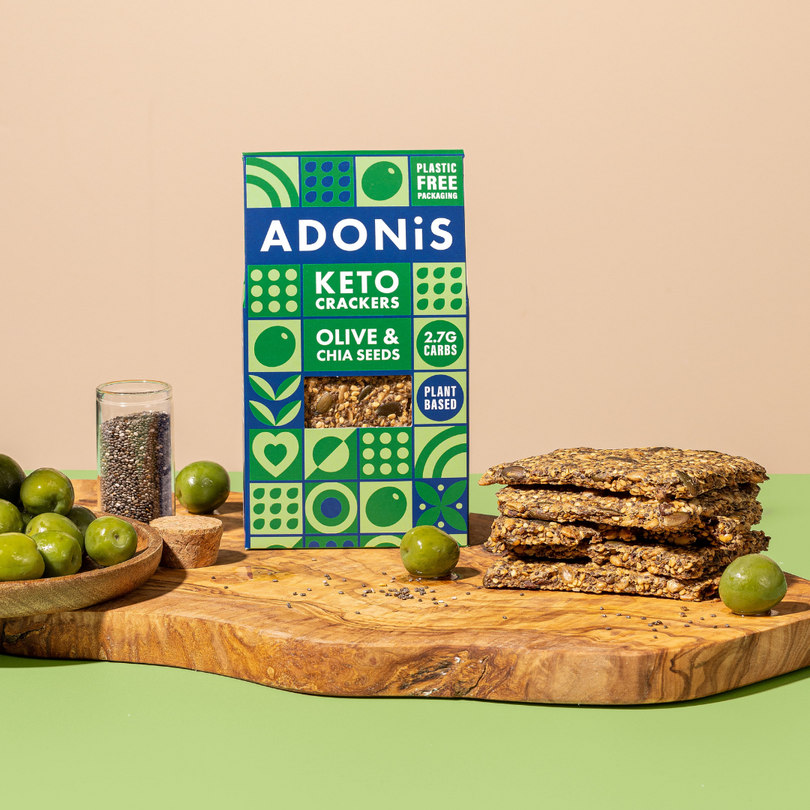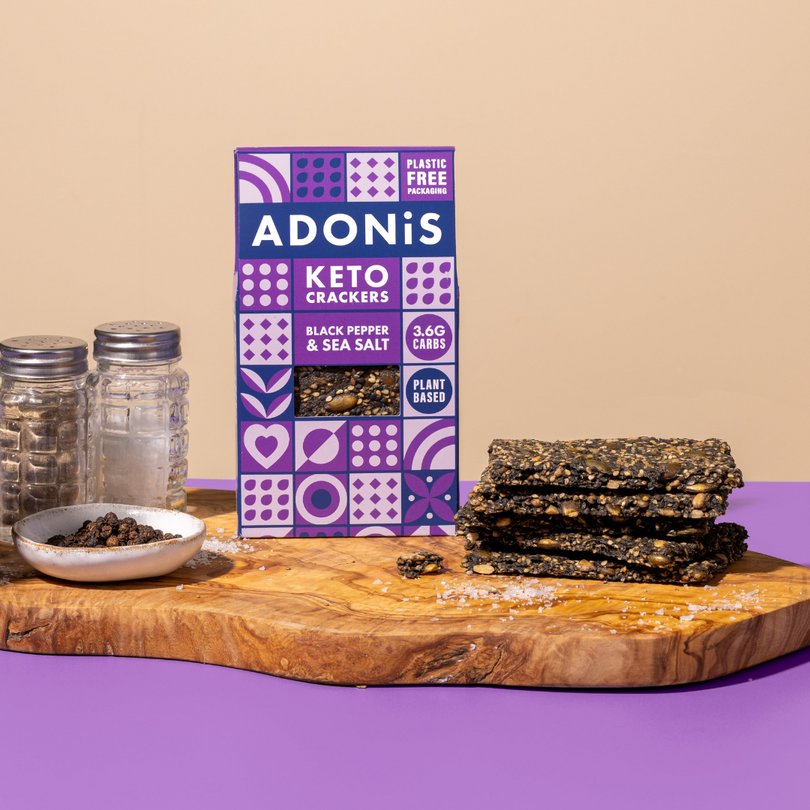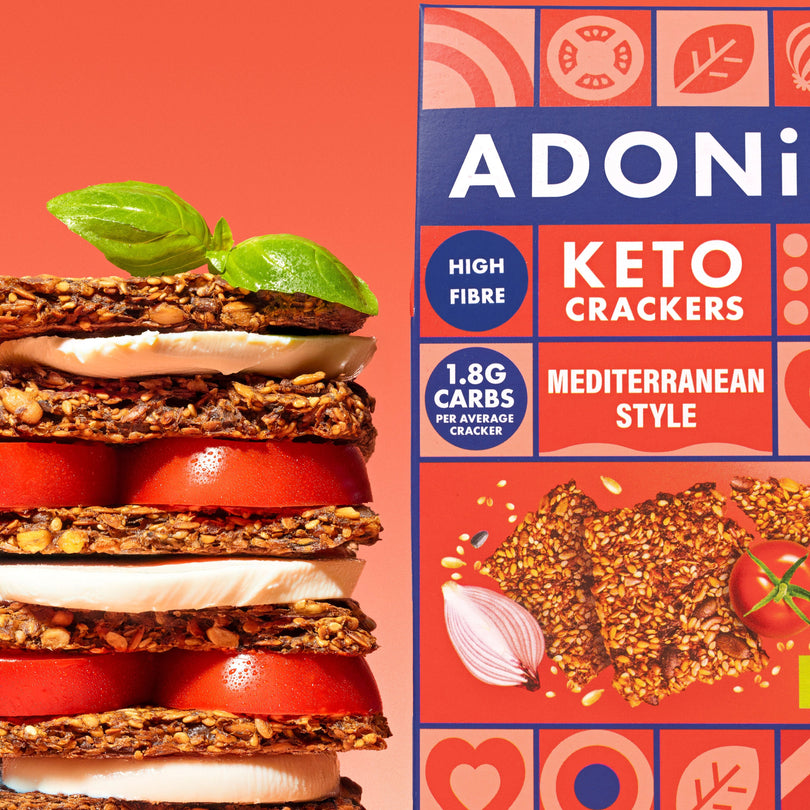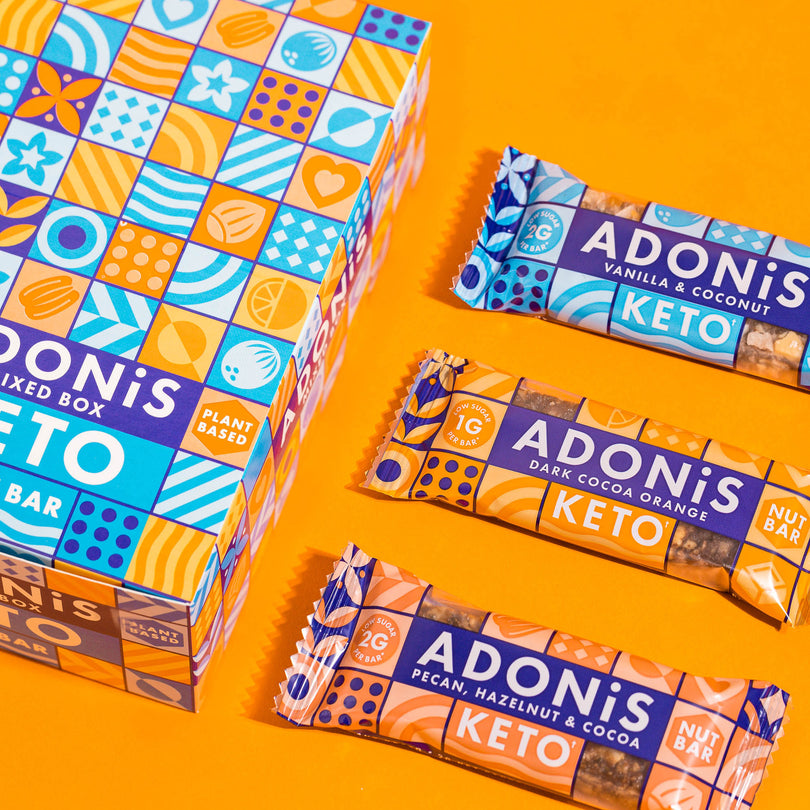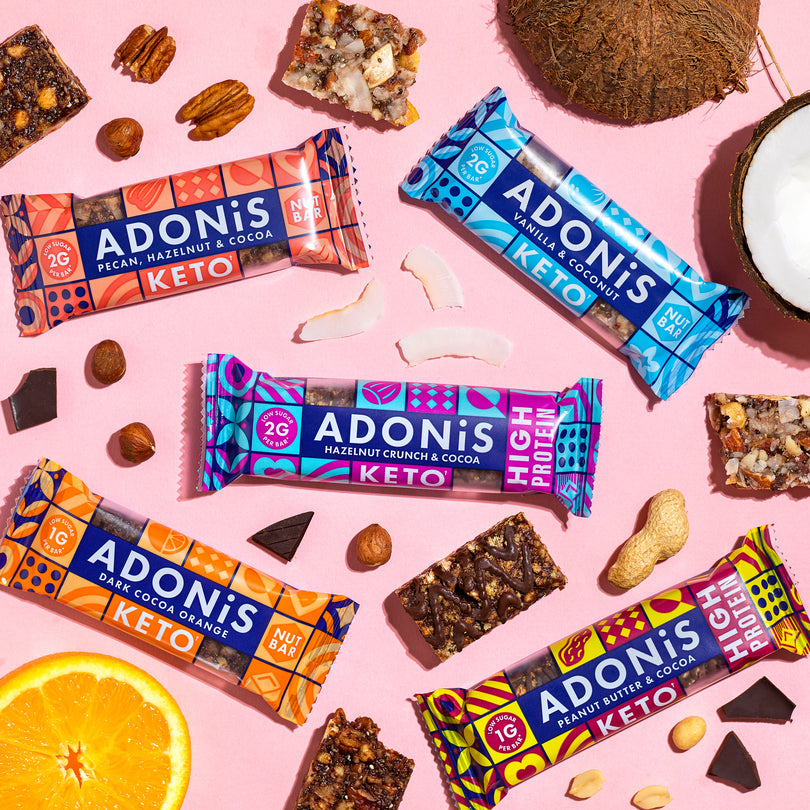DIETS EXPLAINED: Keto vs. Intermittent Fasting vs. Juice Cleanses
8 min
Types of Diet
Keto is an increasingly popular way of dieting and it has come with a few mutations. People are tweaking it to fit interesting goals and specific needs – sometimes it’s interesting to see where they go with it.
Today, we’re looking at a range of different types of keto diet – what they offer, who they’re for, and how to approach them. By the end of this brief article, you’ll have some fresh ideas about keto diets and even a new favourite to try for yourself…
Keto: Normal
Keto is a standard. It comes with its own “normal” completely aside from the average high-carb diet. We’ve got a whole article that serves as an introduction to keto diets, if you want the full explanation. All that matters for now are the principles of ketogenic dieting.
What we have for keto is a set of standard principles. Just like any other diet, these are going to need to change for individual needs – which is why this article exists.

A standard approach to keto is all about high-fat, low-carb, and working through your behaviours and habits. “Normal Keto” is a lower-protein diet that focuses on eliminating carbs and shifting into ketosis over time, using fats as fuel.
The usual keto diet isn’t just about restricting carbs, however. You have to improve your fat-quality, your carb choices, and your relationship with your diet, too. Keto has things to work on, as well as things to avoid!
Benefits / who it’s appropriate for
- A normal keto diet has wide-ranging benefits. Primarily, it’s for people who struggle with their relationship with carbs and its effects on their diet.
- It also benefits you beyond the simple adjustment of diet. Reducing carb intake has rapid improvements to things like diabetes risk, where carb over-eating puts you at real risk of insulin dysfunction.
- The keto diet doesn’t need to be specific to one goal – it’s a way of eating that can be healthy and enjoyable and might suit you better. Try it, that’s the solution to wondering if it’s right for you or not!
Carb Cycling: highs vs. lows
Carb cycling isn’t, specifically, a Keto diet. Rather it’s a diet that uses low-carb, high-fat phases like keto for improving your metabolism of fat. It’s a phased diet to help get the best of both worlds: you get the health and metabolism benefits of keto without sacrificing your carb metabolism efficiency.
This does compromise some of the best benefits of that long-term, 3-month Ketoadaptation process. However, your overall fat metabolism and insulin health will be great, and the adaptations to fats-as-fuel will still happen – it will just be much slower.

This is also great if you’re just trying to improve your habits around carbs. Spending time cycling to low-carb diets like keto for a few months can be a huge benefit to controlling your carb cravings and choices.
The important point is that you’re going to be using better choices in your diet – whether low-carb or high-carb.
Benefits / who it’s appropriate for
- Carb cycling is pretty niche. It’s a nice way of working through the benefits of a low-carb diet intermittently without sacrificing your carb-metabolism pathways. It helps you get a little of the benefits of both types of diet and the research is starting to get interesting on the benefits.
- Try carb cycling if you’re thinking of transitioning to keto but want to reduce the risk of side-effects. Getting some fat-adaptation before shifting over helps improve the ‘smoothness’ of your transition and avoid side-effects like keto flu.
- Carb cycling can also be used if you feel very “low” during early experiences with keto. It’s a lower commitment, less ‘cold turkey’ approach that really suits some people’s needs and preferences.
Glycogen-sparing Keto? Workout carbs only
Speaking of not-quite-Keto diets, one option that is popular among athletes is using a ketogenic, LCHF diet most of the time. However, they will then carb-feed when looking at longer or more-intense exercise.
On this kind of diet, you only eat carbs before and during workouts to maintain your energy levels. Keto helps with glycogen sparing, so these are stored and used for intense bursts of effort.

This is an interesting way to diet for general health but also for lower-intensity exercise performance. Marathon running, for example, responds well to fat metabolism but will also require the ability to “shift gears” into higher intensity zones – like when climbing a hill.
Glycogen paring workout-carb keto is a good way of dealing with your carb and fat metabolism. It’s not strictly keto – you’re not going to be in ketosis – but your fat-adaptation will happen, slowly, and you’ll get many of the benefits associated with better food choices!
Benefits / who it’s appropriate for
- This is another type of keto diet that suits athletes and exercise-lovers who want to keep performance up while getting the benefits of a fat-adaptive diet.
- While it’s not about ketosis most of the time, it’s a versatile way of finding a balance between keto and “normal” diets. The carb intake can be for every training session or just harder (or brick) workouts where they’re needed.
- There’s a lot of range here and – if you’re willing to experiment – you can probably find something that suits both your performance and weight-control needs.
“Lazy Keto”
This is keto for people who like the idea – and want to improve their diet – without the hardcore aspects of it. It’s a general approach to dieting of shifting food habits towards keto, but it isn’t a real keto diet.
It’s a lower-carb, higher-fat diet but doesn’t come with the strictness. As a result, it’s probably not going to be as effective since you’re not going to hit ketosis as often, or for as long. But it’s also easier to do and can be an enjoyable, healthy way to adjust your diet.
If we’re all struggling with bad carb habits, what’s wrong with just generally eating less? Lazy keto is all about applying that idea to your diet.
This is a simple way of adjusting your habits and food-behaviours, which many of us could do with. If you’re just trying to experience something new and work on your habits, a high-fat, low-carb lazy keto diet might be the low-effort, great-reward diet you should be using!
Benefits / who it’s appropriate for
- Anyone who likes high-fat foods and needs to improve their carb relationship.
- It’s a diet for people who don’t want to get into the logistics and effort of calorie- and macro-counting. It’s a way of adjusting your diet that might not require much effort but may significantly adjust what you’re eating and how much – just by shifting your focus to fats.
- Lazy keto is for people who want to do keto but are too lazy or non-plus to worry about counting the numbers. If you want to eat more fats and see if it works for you, this is the diet to choose.
Intermittent Fasting
Intermittent fasting is a popular diet lately, due to the amount of social media attention it’s received and how interesting it is. People love fasting – even if it’s not necessarily a huge benefit to them.
IF works by reducing the period of time in which you’re eating. That gives you a hard-and-fast rule of thumb on how to organise your diet. You can’t graze all day on little snacks that add up. You’re eating in 4-8 hour windows, and your body’s “fullness” will regulate your food intake.
This can be combined with keto, especially since keto’s main thing is using long-term energy sources like fat. This reduces some of the ups and downs of carb-based energy levels and the “lull” that many people experience on IF when they’re eating carbs.

You don’t have the same “crash” on keto due to the use of fats, since you can rely more effectively on slower energy release and your own bodyfat stores. This makes intermittent fasting keto very easy for some people – but it can also be challenging to blend the two together. Intermittent fasting isn’t a diet – it’s an eating schedule. You can use it with all the same foods and macros that you’d use on keto, but you’ll have to watch for how it works for you personally – since reducing your eating time can make it difficult to eat enough or cause some digestive discomfort. Benefits / who it’s appropriate for - Mostly, this is for people who graze throughout the day. Keto snacks should be about high-quality foods, but for some people it’s too easy to grab a low-quality snack. - Upgrading to a high-quality keto-friendly snack or using intermittent fasting both help to improve your dietary choices without excessive restriction in what you eat – just when. - Intermittent fasting can be quite difficult so be sure to try it out keto and/or fasting before doing both together. It can make issues like keto flu more pronounced if you’re not familiar with lower-fat diets since you’re not eating consistently throughout the day and electrolytes need to be a priority!
Final Thoughts
Keto usually describes one kind of diet – the others we’ve listed here are about using the lessons from keto to improve your diet in other ways. A strict LCHF diet isn’t for everyone and keto can be adapted to your personal needs, goals, and preferences. A diet works best when it suits your goals and you can enjoy, or at least tolerate, using it in the long-term. Diets are very personal and working through the things you like or dislike about keto diets will help you get the most from them. The principles of better food choices, better habits, and building your diet around high-quality fats are important whatever diet you’re on. Keto is one way of handling them and improving your nutritional habits all at once – whatever form it takes!


